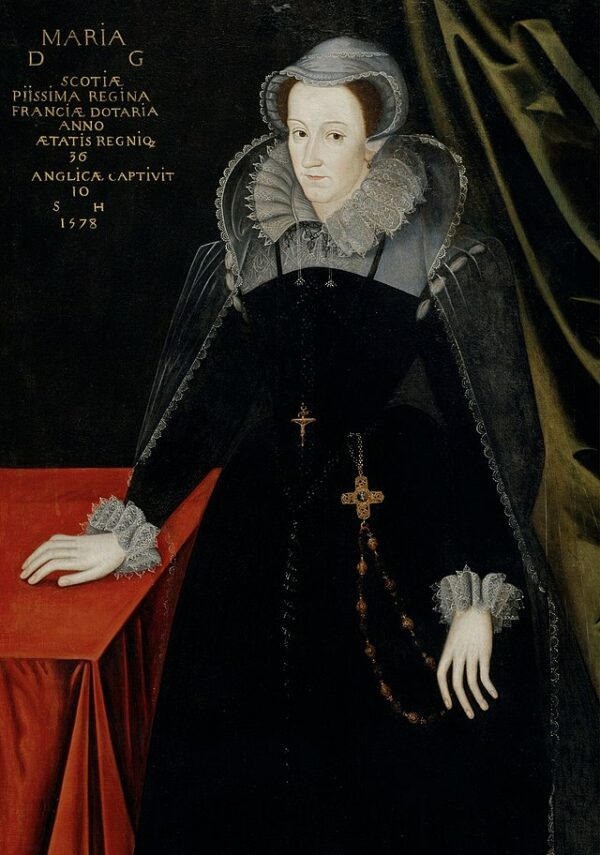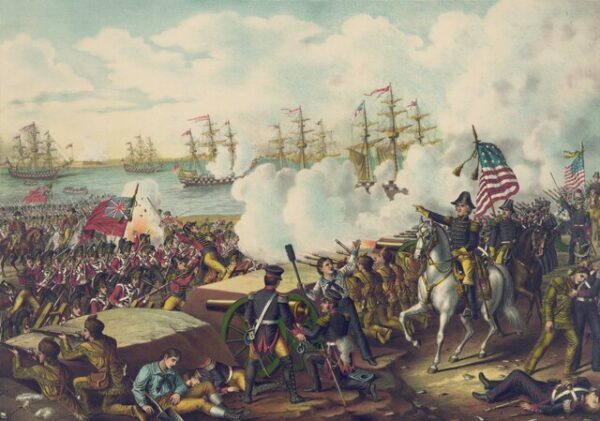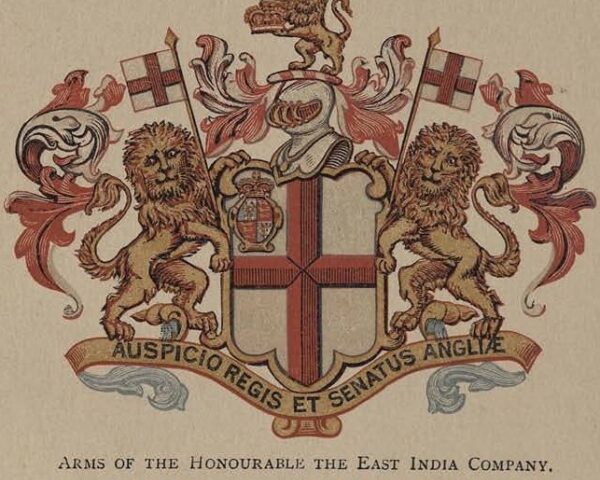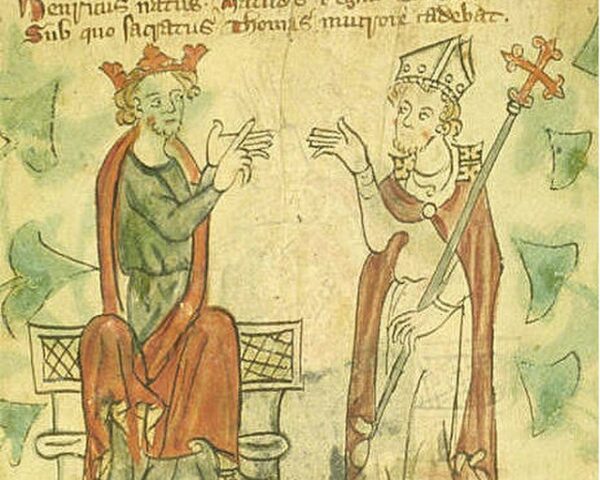Mary, Queen of Scots, faced a tumultuous fate that culminated in her execution on February 8, 1587. Mary’s life was marred by political intrigue and dynastic conflicts. Accused of plotting against her cousin, Queen Elizabeth I of England, Mary found herself entangled in a web of conspiracies that ultimately led to her demise. In a chilling display of power, Elizabeth reluctantly signed Mary’s death warrant, marking the tragic end of a queen caught in the crossfire of religious and political strife.
The execution took place at Fotheringhay Castle in Northamptonshire, England. Mary faced her fate with remarkable composure, dressed in black, and attended by her devoted servants. The executioner, an expert brought in from France, carried out the grim task with a single stroke, ending Mary’s life. This dramatic event sent shockwaves through the courts of Europe, exacerbating tensions between Catholic and Protestant powers.
Mary’s execution was not a solitary event but rather the culmination of a complex series of political and religious machinations. Born in 1542, Mary’s life was intricately woven into the tapestry of the turbulent religious conflicts between Catholics and Protestants that dominated 16th-century Europe. The intricate web of her familial connections further complicated her fate as a descendant of both the Catholic House of Valois and the Protestant House of Tudor.
Mary’s ill-fated marriages fueled suspicions and political unrest. Her union with Francis II of France, followed by her marriage to Henry Stuart, Lord Darnley, added to the swirling rumors and plots that surrounded her. The mysterious murder of Lord Darnley in 1567 cast a dark shadow over Mary, leading to her forced abdication in favor of her son, James VI of Scotland.
Mary’s subsequent escape to England seeking refuge from her political adversaries further intensified tensions. While initially protected by her cousin Elizabeth I, her Catholic background and potential claims to the English throne fueled fears of a Catholic uprising. As plots to assassinate Elizabeth were uncovered, the English queen reluctantly authorized Mary’s trial and execution, viewing it as a necessary step to secure her own reign and maintain Protestant dominance in England.
The Babington Plot, a conspiracy to assassinate Elizabeth and place Mary on the English throne, sealed Mary’s fate. Though historians debate Mary’s direct involvement, the evidence presented during her trial in 1586 implicated her enough for Elizabeth to reluctantly sign her death warrant. The execution of Mary, Queen of Scots, thus became a pivotal moment in European history, shaped by religious conflicts, familial rivalries, and political maneuvering.
Mary’s execution did not only mark the end of her life but had far-reaching consequences for the fragile balance of power in Europe. It heightened the animosity between England and Spain, sparking a chain of events that would eventually lead to the Spanish Armada in 1588. The death of Mary, Queen of Scots, remains a poignant chapter in history, illustrating the relentless nature of political maneuvering during a turbulent era.






